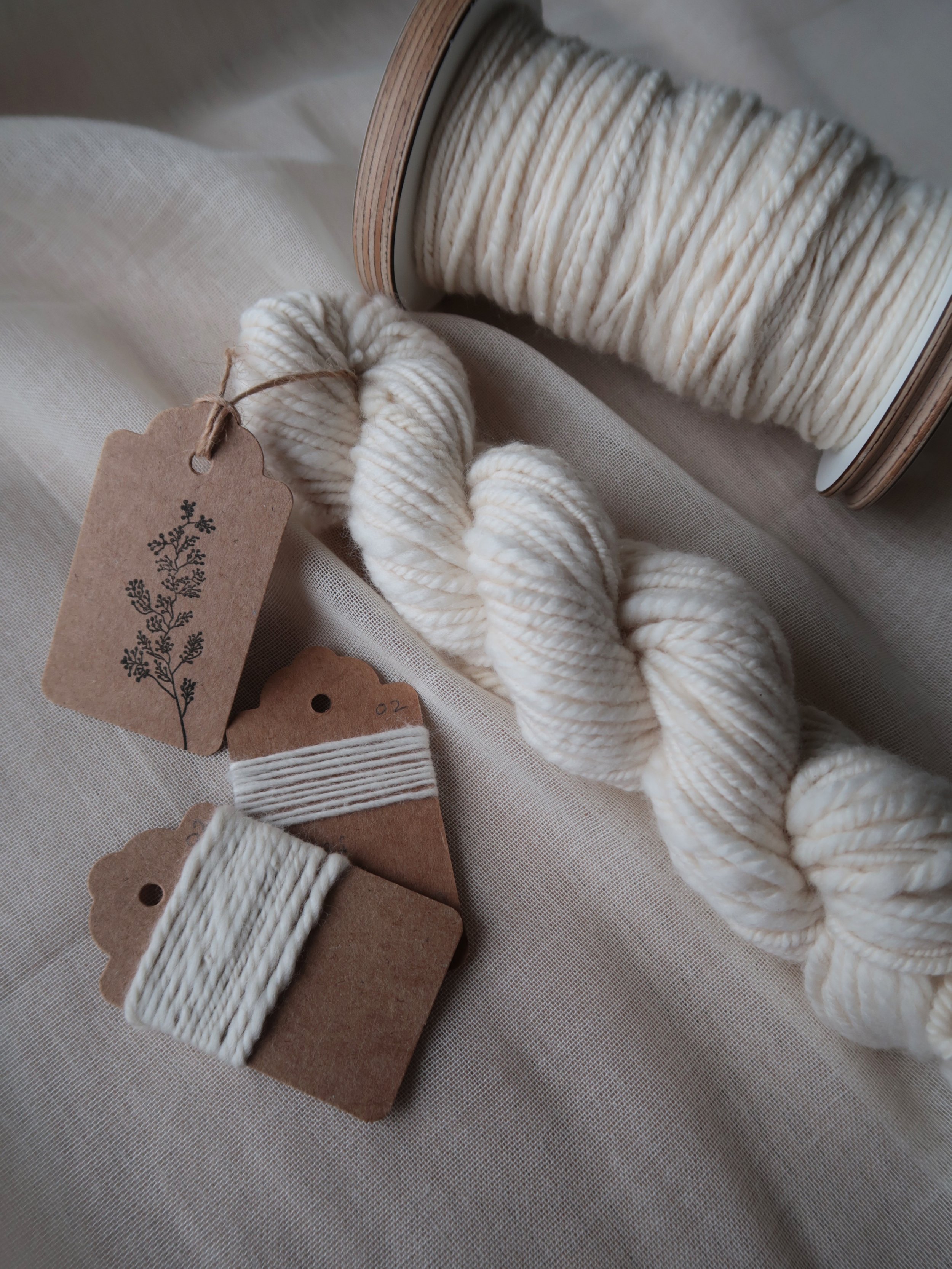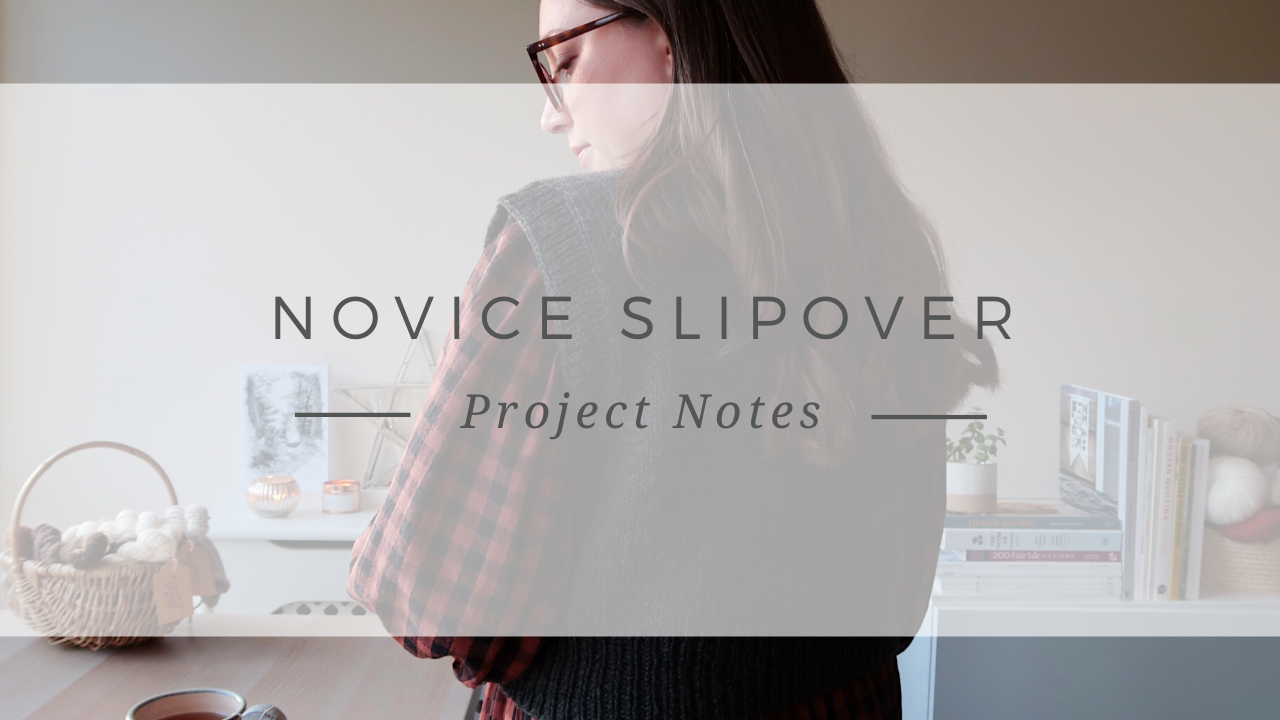5 Tips for Learning How To Spin
Just over a month ago I dusted off the spinning wheel I had in storage and set to work learning how to spin.
Four weeks on and there is yarn coming off my wheel!
I’ll admit that what I was spinning at first resembled a plate of spaghetti but I’m through that stage at last. I’m building up the muscle memory and my hands and feet seem to know what they are doing now.
I’m using a Woolmakers Bliss TT which does just what I need. I don’t have experience with any other wheels to compare but this was an entry-level wheel that was in my budget at the time of purchase. It’s been a good wheel for learning how to spin so far and I’m pleased with the results I’m getting.
So what have I learned as a new spinner?
Learning to spin - What I learned in my first month spinning yarn.
Here are five things that have helped me in my spinning journey so far.
Find a great teacher
There is a wealth of knowledge on YouTube if you can’t get to an in-person class but what if you’re so new to spinning you don’t even know the terminology to search? That’s where I was a month ago.
Whenever I’m coming to something with zero experience I look for a course to take. I like that a course gives a set path to follow with each lesson building on the last. I also think the consistency you get when learning from one teacher is really helpful as a newbie.
Once you’ve got the basics under your belt it’s great to learn from others and experiment but it can be confusing when starting out if the people you’re learning how to spin from all do things slightly differently.
I’ve been working through the Foundation of Spinning classes with Amy King on Craftsy and as the name suggests I think it’s given me a brilliant foundation in spinning.
You can learn to spin with yarn
Amy King taught me that you can absolutely learn to spin using a commercial yarn before diving into your new fibre stash.
Figuring out what to do with your hands whilst treadling at the same time is quite a challenge when you sit at the wheel for the first time.
I loved that I could get comfortable with the feel of spinning and learn the basics before graduating to spinning with fibre.
Tie some left overs from a project or an inexpensive yarn to a bobbin and get comfortable with treadling the wheel and feeding the yarn onto the bobbin.
Get Comfortable with your spinning wheel and what all the parts do
A few spinning sessions in, my wheel developed an annoying squeak. I guess when your wheel has been in storage for 5 years it’s going to need some oil.
I didn’t have a local spinning friend or teacher to turn to so I knew I had to figure this out on my own.
Up until this point I’d been a little nervous around my wheel. I was scared I could do something to throw this magical spinning machine off balance and ruin it forever.
To find out what was causing the squeak I started carefully investigating each of the parts and how they moved.
I was turning the wheel (without fibre), watching and listening intently to figure out where I needed to oil my wheel. Through this process I came to see that my wheel was more robust and simple to operate than I imagined and I’m glad I really studied what was going on when the wheel turned.
Take the time to read your manual, watch some YouTube videos on your particular wheel and then get curious. Watch, listen and learn from your wheel.
Really understanding what all the moving parts do has made me much more confident using my wheel and I think in the long run it will make me a better spinner as I’m not scared of the wheel now.
This is the time to experiment
Spin, try a different setting and spin some more!
It can be hard not to be too precious with fibre. After all, it’s not like knitting, you can’t rip back and start again. You’re going to use your fibre up and you have to be ok with that.
Be curious and get comfortable with changing the ratio and tension on your wheel.
Once I’ve got into a good rhythm at the wheel and the yarn is feeding onto the bobbin nicely, I’ll tweak one of the settings just to see what happens.
You might read that if your fibre is pulling in too much you need to lessen the tension by loosening the brake, but nothing beats actually feeling what happens when you loosen or tighten the brake.
At first, I felt like I was wasting my fibre as the yarn coming off my wheel was not even close to something I could knit with.
Something clicked and I realised I had to change my mindset. I wasn’t wasting my fibre I was using it as a learning tool.
There is no way I can get to the point where I’m making beautiful handspun without going through the hours at the wheel practising, experimenting and using my fibre. I had to get comfortable with that so I could enjoy the process of learning how to spin.
Let the fibre show you what it wants to be
Ok, I know I just said you needed to practice your skills and experiment and it is important you understand how to change the yarn you’re producing but I also think there is value in not trying to control the yarn too much when you’re learning how to spin.
In some spinning sessions, I will just go with the flow and let the fibre show me what it wants to be. I’ll find that sweet spot where I feel relaxed and the fibre is loading onto the bobbin nicely and I just keep going. I think of these practice sessions as building my fine motor skills, coordination and muscle memory which will I know will make me a better spinner.
One month in and I really feel like I’ve got the hang of spinning. My hands and feet both know what they are doing at last, I just need to keep practicing and improving!
I hope any newbie spinners reading this will feel the same after a few weeks of practice at the wheel.
I’d love to know what you have learned as a spinner that might help any newbies like me out there.
Let me know by leaving a comment below.


















